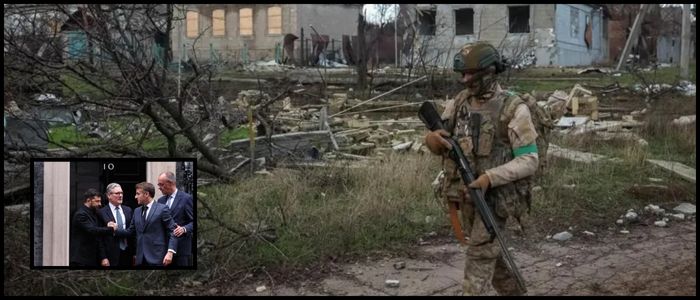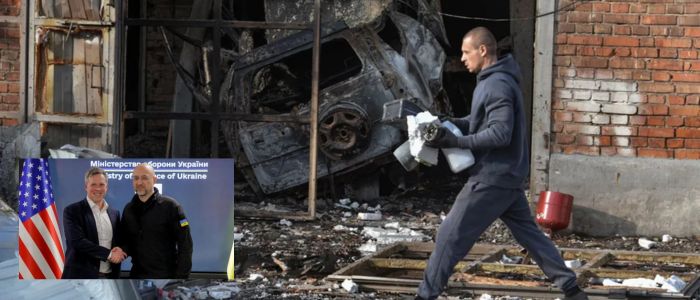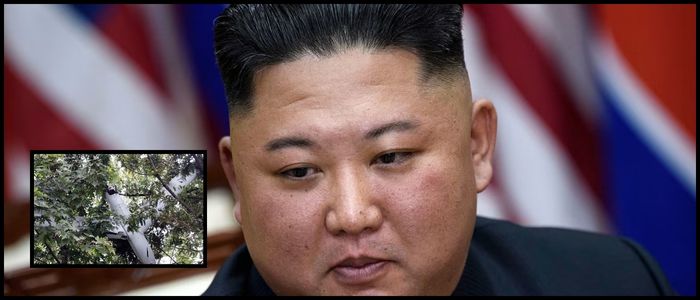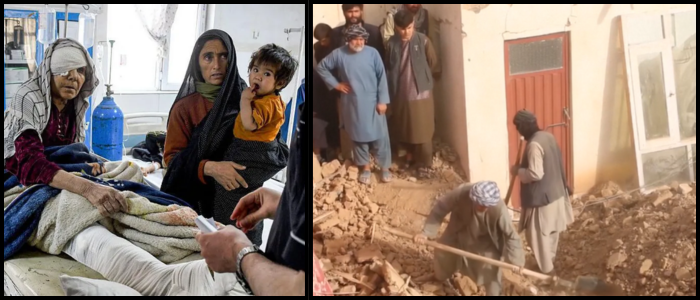The hospital said that a number of areas throughout the facility sustained “significant damage.” The strike followed days of heightened tensions, during which Israeli forces had continued pounding Iranian targets, including critical nuclear facilities.
Israel Focuses Attack on Arak Reactor, Iran Retaliates
At about the same time as the missile attack on the hospital, Israel struck from the air Iran’s Arak heavy water reactor. Iranian authorities confirmed the attack but said there was no danger of radiation. The facility was cleared and there was no damage reported to the nearby residential area in Khondab.
Israel had warned earlier in the day people to evacuate a region in the area. The Israeli military said it had bombed targets in and around Tehran. Iran retaliated by firing a second barrage of missiles at Israel, forcing authorities to reissue public shelter advisories.
The airstrikes on Thursday were the seventh straight day of Israeli israeli iranian war strikes on Iranian targets. The campaign has already hit Iran’s enrichment facilities at Natanz, workshops near Tehran, and a nuclear site in Isfahan. The operations have led to the killing of top Iranian generals and nuclear scientists.
Casualties and Reports on Nuclear Facilities
More than 1,300 people have been injured, and at least 3,000 have been arrested, the organization, the U.S.-based Iran Human Rights, reported, citing figures from members of the Iranian Parliament. Iran has waged its own counterattacks: some 400 missiles and hundreds of drones have been launched, killing at least 24 in Israel and wounding dozens more. Some of the strikes have struck residential buildings inside central Israel, causing significant destruction.
The heavy water reactor in Arak, around 250 kilometers (155 miles) southwest of the capital Tehran, uses heavy water to help moderate the reactor. This process creates plutonium that can potentially be applied to nuclear weapons. While Iran committed to redesigning the facility in its 2015 nuclear deal to reduce the risk of weaponization, worries persist.
Iran began in 2019 to operate the secondary circuit of the reactor in violation of the nuclear deal. At that time Britain had assumed the role of the U.S. in helping Iran to remake the reactor since the U.S. pulled out of the deal in 2018.
IAEA Supervision and Ambiguity
The last time the Arak facility was visited by the International Atomic Energy Agency was on May 14.” But the agency, because of new limitations imposed by Iran, has already lost its “continuity of knowledge” about heavy water production at the facility. This makes it impossible to fully verify Iran’s stockpiles and production.
Under the terms of the 2015 deal, Iran had agreed to sell any excess heavy water to Western powers to help ensure it remained within the agreement’s caps. Critics of the deal took issue with the U.S. purchase of 32 tons for over $8 million in one case.
The situation is fragile, with threats to infrastructure and higher casualties on both sides as tensions escalate between Pakistan and India.
World
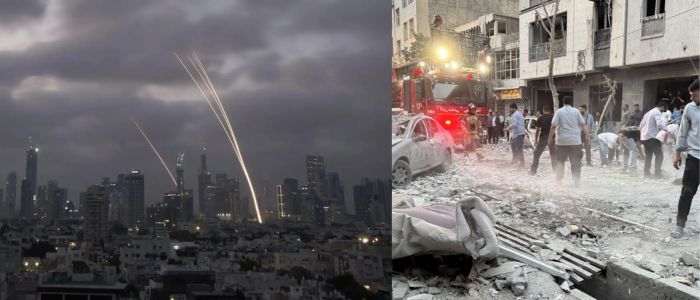
Iranian Missile Hits Israeli Hospital, Nuclear Tensions Escalate

A missile fired by Iran hit the Soroka Medical Center in Southern Israel on Thursday, leading to heavy damage and injuries. The hospital is in Beer Sheva and is the region’s main medical center, treating almost 1 million people. The hospital, which has more than 1,000 beds, urged the public not to come to us for treatment after the israel hospital attack.








